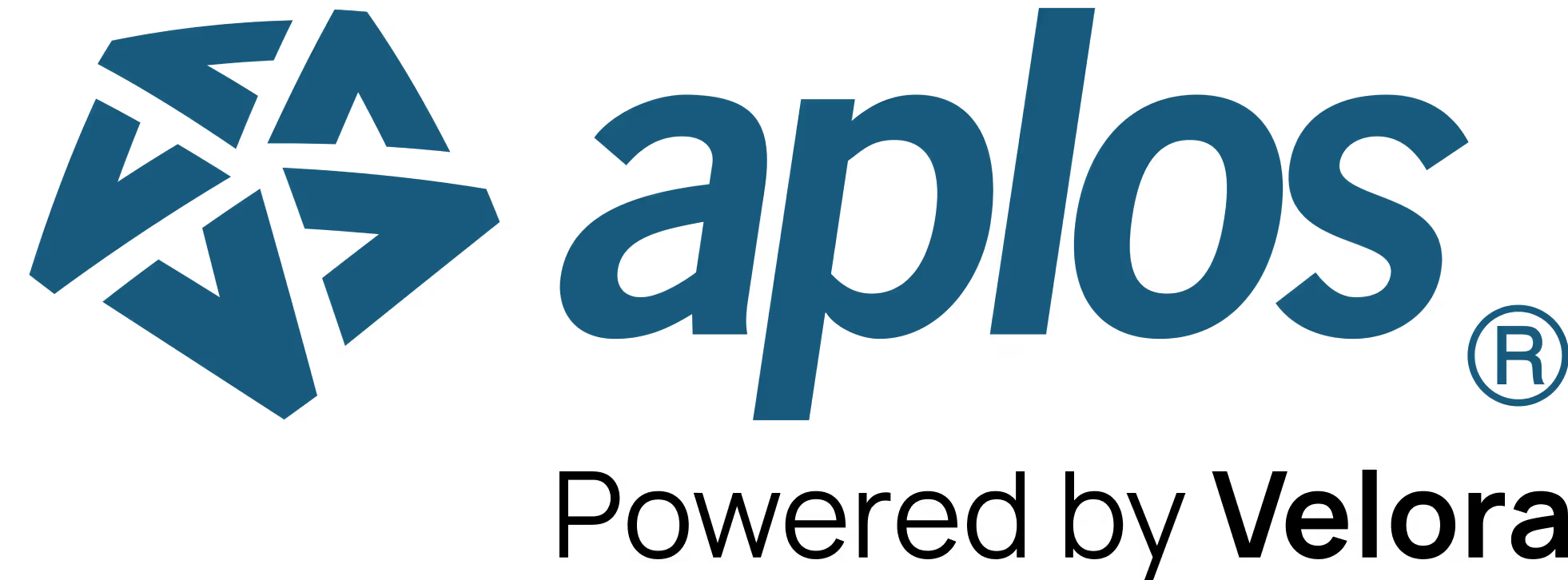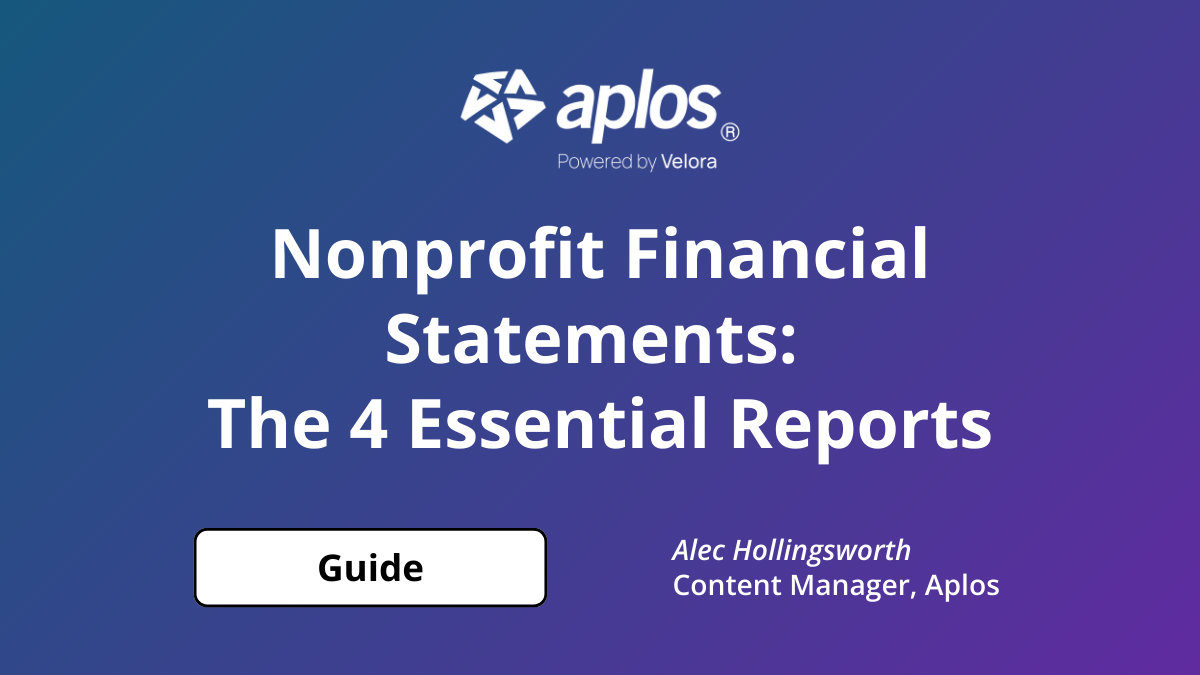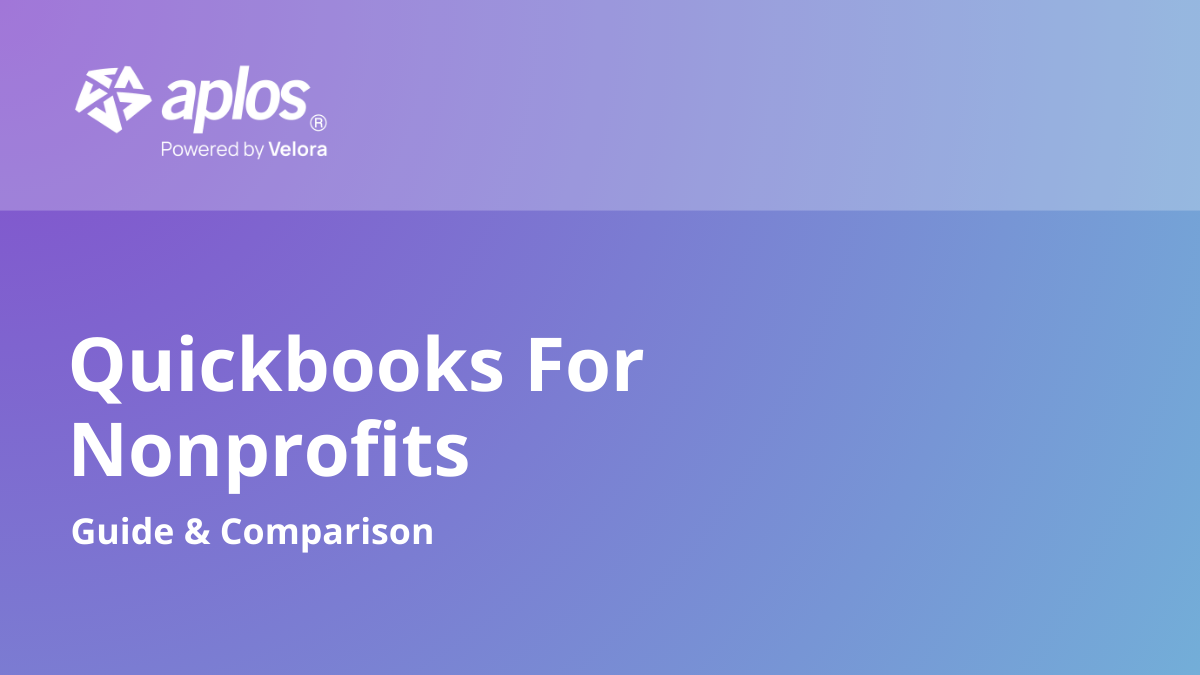
Nonprofit Donations and How to Track Them

Nonprofits rely heavily on donations to survive and to accomplish their mission. If your organization is struggling to generate donations or looking for nonprofit donation tips, this article’s for you!
Before we dive into increasing donor retention, let’s go over some nonprofit donation basics.
2 Primary Types of Nonprofit Donations
Cash donations and in-kind donations (non-cash) are the two main forms of donations. Cash donations are self-explanatory. They’re donations your nonprofit receives in the form of cash, a check, or a credit card transaction. In-kind donations are typically in the form of goods or services.
If you’re trying to increase how often people donate, start by considering a couple things:
- The different ways people give
- How often they currently give
We live in a fast-paced world. So if you’re trying to raise donations for your nonprofit, it’s important to make donating as easy as possible. People should be able to give to your organization with a click of a button. Online donation forms are a must. Having a “Donate Now” button on your donation widget is a plus.
A great nonprofit donation form should:
- Look good and be simple to use
- Be easily accessible
- Be mobile friendly
- Share the purpose of the donation (where the money is going)
- Have the option to give recurring donations and customizable amounts
Nonprofit Donations Are About Relationships
Relationships not only increase your chances of generating more donations, they give your organization opportunities to engage donors, and share your mission and vision. Make it a habit to connect with supporters before asking for them to donate.
When trying to increase donor retention, it’s crucial to keep relationships at the forefront. An online donation form doesn’t just have to be an avenue to collect money. It can be a great way to market and share your nonprofit’s mission, vision, and overall purpose.
Another thing to consider when growing your donation base is the importance of recurring donations. In addition to helping build your donation base, they also create the opportunity to regularly connect with your donors.
Donor Data
Since so many nonprofits require investments of more than 40 hours per week, you likely work late. Therefore, it’s worth considering options that can streamline how your organization runs. One of the best things you can do for your nonprofit (and your sanity) is look into donor management software. Investing in a robust donor database to track and communicate with your donors could be very impactful.
Imagine all your donor information in one place instead of having multiple notes or Excel spreadsheets. A good system can break down donor history. Likewise, it keeps all your donor information organized, and provides tools to engage donors. A good donor database should have:
- Great User Interface (UI) and an easy-to-navigate dashboard
- A contact list that can record donor’s information
- A way to track any relevant donation history
- Methods for tracking communication and contact notes
- A way to track prospects, and new, engaged, or lapsed donors
- Email marketing
- Fundraising and marketing tools
- Online giving platform options
- Great donor reports
- Event registration would be a bonus
In the end, your donor database should be your donor database. So you should look for one that feels good to you and that can cater to your nonprofit’s needs.
Bonus Tip: Look for a donor database with a donor/member portal (and the ability to make a donor profile for people to log in to their account and update/change their donation). Great customer support is a plus.
For additional strategies, read more about donor retention.
Recording Nonprofit Donations and Statements
Lastly, look for a donor database that can record donations easily, and accurately generate statements. Keep in mind that any donation over $250 requires a donation statement from your organization. It must include the nonprofit’s name, the donor’s name, the dates of the donation, and the amount.
It may seem hard sometimes to focus on how much money you raise for your nonprofit. Just remember why you do what you do, and don’t forget to engage with your donors. Building an active donor engagement system keeps your nonprofit’s mission alive. Increasing donor retention requires focusing on relationships, having an accessible way to donate, and using a great donor database to keep you organized.
Using Software to Help Track Donations
If this all sounds overwhelming, using an online donation software solution can help make things easier for your nonprofit. Not only will it help you automatically track your donations, but it will also provide you with tools to attract more donors. You can create giving forms to allow donors to give online or through your website. Plus, you can automate donation statements and letters to make sure you are staying in touch with your supporters.

Our comprehensive closeout services start at $399 per month that needs to be reconciled. Sign up before Jan 1st and pay just $199.50 per month!
Copyright © 2025 Aplos Software, LLC. All rights reserved.
Aplos partners with Stripe Payments Company for money transmission services and account services with funds held at Fifth Third Bank N.A., Member FDIC.
Copyright © 2024 Aplos Software, LLC. All rights reserved.
Aplos partners with Stripe Payments Company for money transmission services and account services with funds held at Fifth Third Bank N.A., Member FDIC.



.png)



